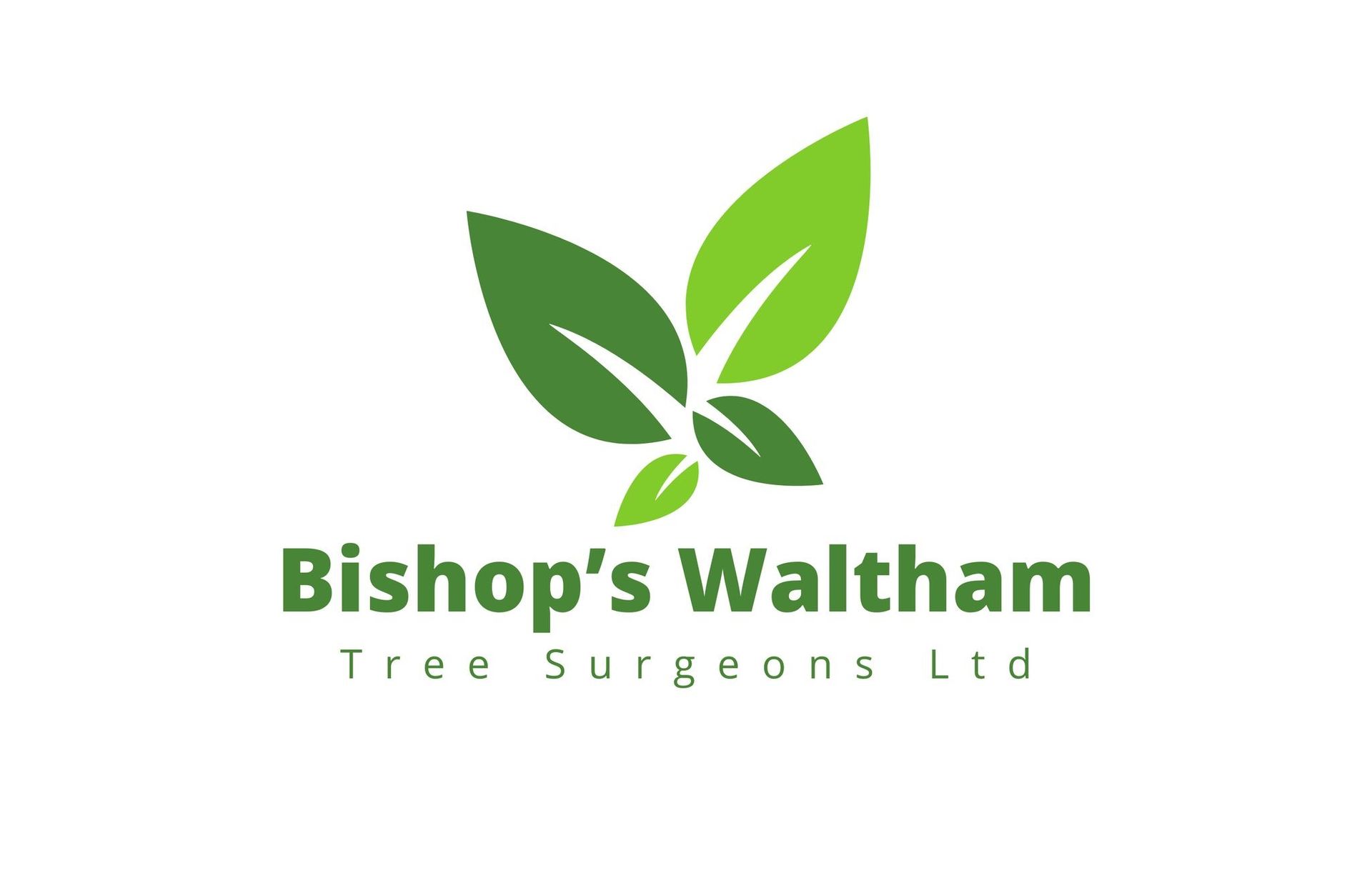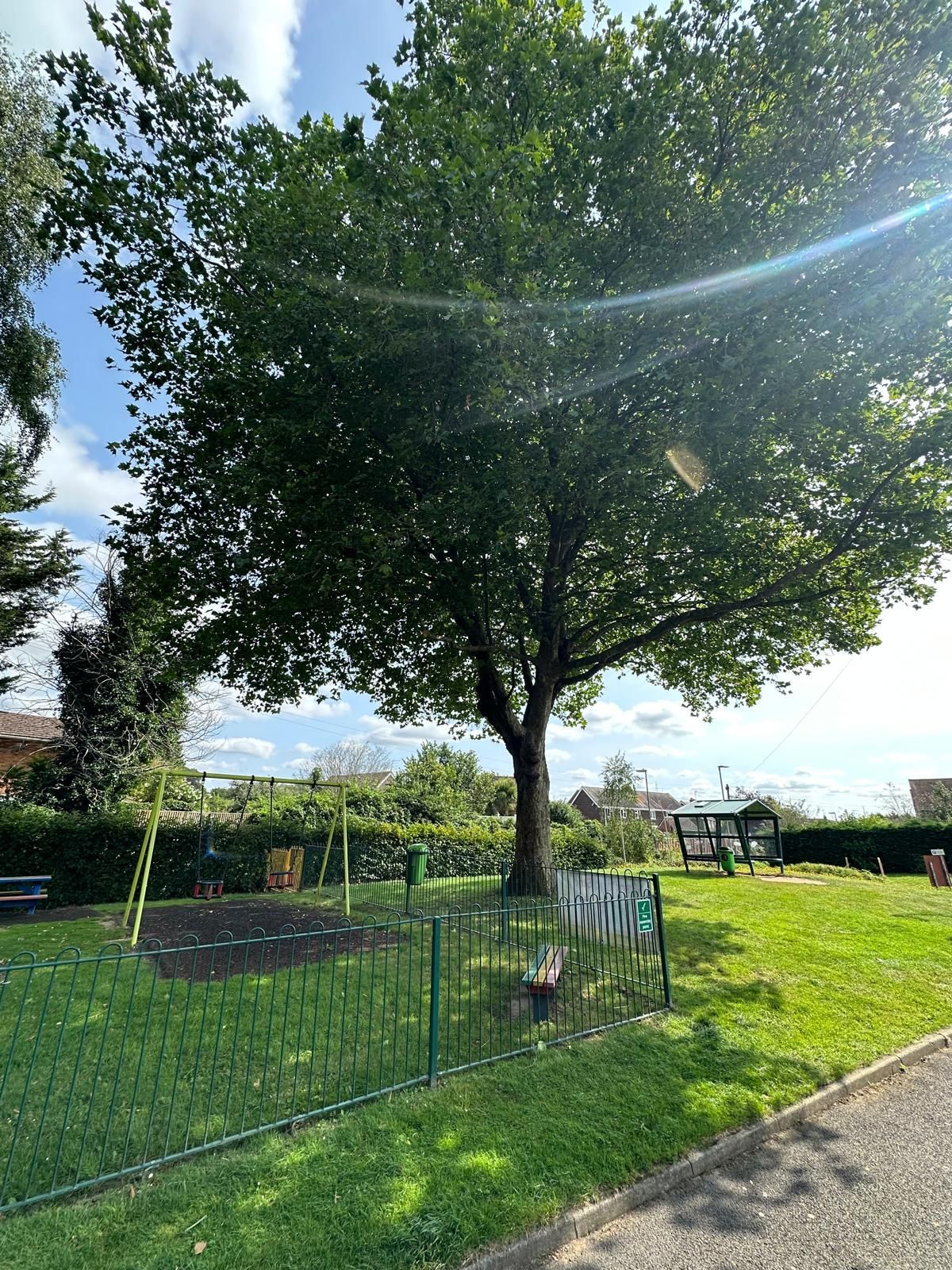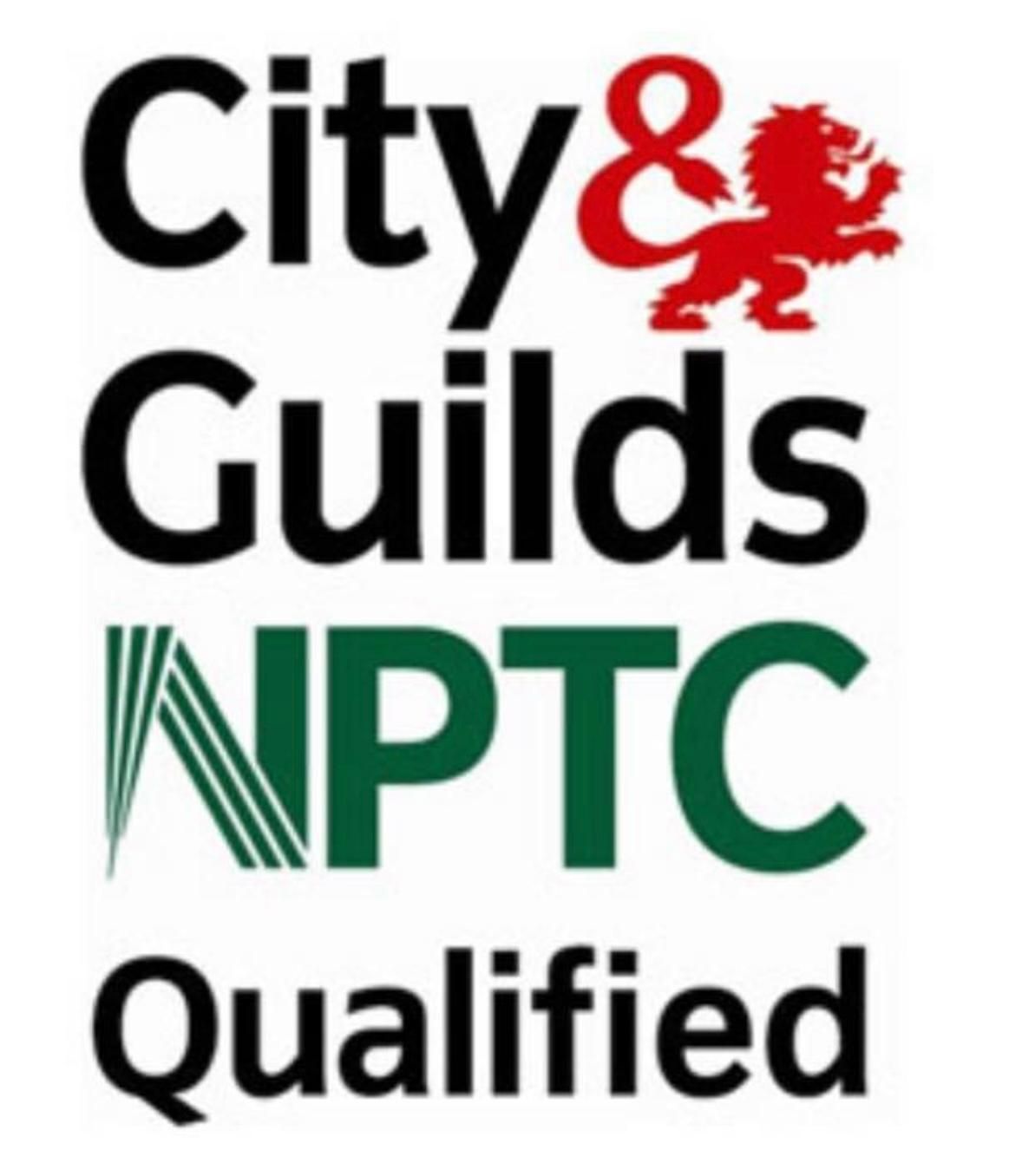How to Spot Ash Dieback and What to Do with It
Ash trees are an important part of the UK landscape, lining our roads, our woodlands and playing a crucial role in local ecosystems. However, a growing threat to these iconic trees is Ash Dieback, a deadly disease caused by the fungus Hymenoscyphus fraxineus. It has been spreading across the UK and as homeowners, gardeners, or landowners, it’s important to know how to spot it and what actions to take. This blog aims to help you identify Ash Dieback and understand the steps you should follow if you find it on your property.
What is Ash Dieback?
Ash Dieback is a disease that primarily affects ash trees (Fraxinus excelsior), weakening them and eventually causing them to die. The disease was first spotted in the UK around 2012, although it had been present in Europe for a longer time. It spreads via the spores of the fungus, which infects the tree’s leaves, branches and bark.
This disease can be particularly damaging because it affects both mature and younger trees and in severe cases, it can lead to complete tree loss. Ash Dieback thrives in moist conditions and the infection typically spreads through wind, water, or insect activity, making it difficult to control once it has taken hold.
Symptoms of Ash Dieback
If you suspect Ash Dieback might be present in your ash trees, it's important to know the signs. There are several main symptoms to look for, and they can appear at different stages of the infection:
Leaf Symptoms: One of the earliest signs of Ash Dieback is the presence of dark lesions on the leaves. These spots start as dark brown or black and spread, causing the leaf to wither and die prematurely. The leaves may also have a distinct curling or shrivelling appearance.
Lesions on Branches: Over time, infected trees develop lesions or dark streaks on their branches. These lesions are often visible on the smaller branches first and can spread as the disease progresses. They might be sunken or can appear as blackened areas on the bark and the bark often cracks, leaving the tree vulnerable to further infection.
Dieback of the Crown: One of the most telling signs of Ash Dieback is the dieback of the tree’s crown (the top part of the tree). This often starts with the smaller branches and spreads downward, resulting in a thinning canopy. If you notice an increasing amount of dieback in the upper part of your tree, it’s a clear sign that the tree is infected.
Stem and Bark Symptoms: As the disease progresses, the bark may begin to crack and split. In severe cases, the tree’s main stem will show signs of decay or the tree may lean significantly as the structural integrity of the trunk is damaged.
Dead Trees: Unfortunately, in many cases, trees infected with Ash Dieback will eventually die. This may happen over a few years as the disease works its way through the tree, but the timeline can vary depending on environmental factors and how bad the infection is.
What to Do If You Spot Ash Dieback
If you think you have spotted Ash Dieback on your property, taking immediate action is needed to protect both your trees and the surrounding environment. Here’s what you need to do:
Assess the Severity: Examine the tree carefully. If the tree is young or the infection is widespread, it may not survive. However, some trees can survive the disease with proper care, especially if only part of the tree is affected.
Consult a Tree Care Professional: If you notice the symptoms of Ash Dieback or are unsure of the diagnosis, it’s always a good idea to contact a professional. The experts at Bishops Waltham Landscaping and Tree Care can carry out a thorough assessment and provide guidance on the best course of action for your infected trees. They can also safely remove trees that pose a risk to your property or the public, ensuring no further spread of the disease.
Prune Infected Branches: If you catch the disease early, it might be possible to prune infected branches to help slow the spread of Ash Dieback. However, this should only be done by professionals to ensure proper techniques are used and the pruning tools are sterilized to avoid transferring spores to other trees.
Remove Infected Trees: In many cases, infected trees may need to be removed, particularly if they pose a risk to nearby structures or public safety. Diseased trees are more likely to become unstable, and fallen branches or toppled trees can cause damage to property or injury. Bishops Waltham Landscaping and Tree Care can help with safe and efficient tree removal, using appropriate machinery and techniques to minimise disruption.
Disposal of Infected Material: Proper disposal of infected material is essential to prevent the fungus from spreading. Infected leaves, branches, and wood should not be composted or left in open areas. It is crucial that infected plant material is either burned or disposed of in a way that prevents contamination of healthy trees.
Preventative Measures: While there is no guaranteed way to prevent Ash Dieback, proper tree care can help improve your trees’ overall health, making them less susceptible to disease. This includes maintaining proper soil health, watering and ensuring the tree has enough space to grow.
Monitoring and Follow-up: Once action has been taken, it’s important to continue monitoring the trees in your garden or on your land. Early detection of any new signs of the disease can make a significant difference in how well the situation is managed.
How Bishops Waltham Landscaping and Tree Care Can Help
At Bishops Waltham Landscaping and Tree Care, we specialise in providing expert tree care, including the identification and management of Ash Dieback. Our experienced team can carry out detailed inspections, provide advice on the best course of action and offer professional tree removal or pruning services to ensure your property stays safe and your trees remain healthy.
Remember, Ash Dieback can be a serious threat to our ash trees, but with early detection and the right steps, we can manage it and protect our landscapes. Don’t hesitate to reach out to our team at Bishops Waltham Landscaping and Tree Care if you have concerns about your trees or need help managing Ash Dieback.
Let’s talk!
Have a question or comment?
Let us know.
Contact Us
We will get back to you as soon as possible.
Please try again later.
All Rights Reserved | Bishops Waltham Tree Surgeons Ltd
Website created by Thrive Digital Ltd



